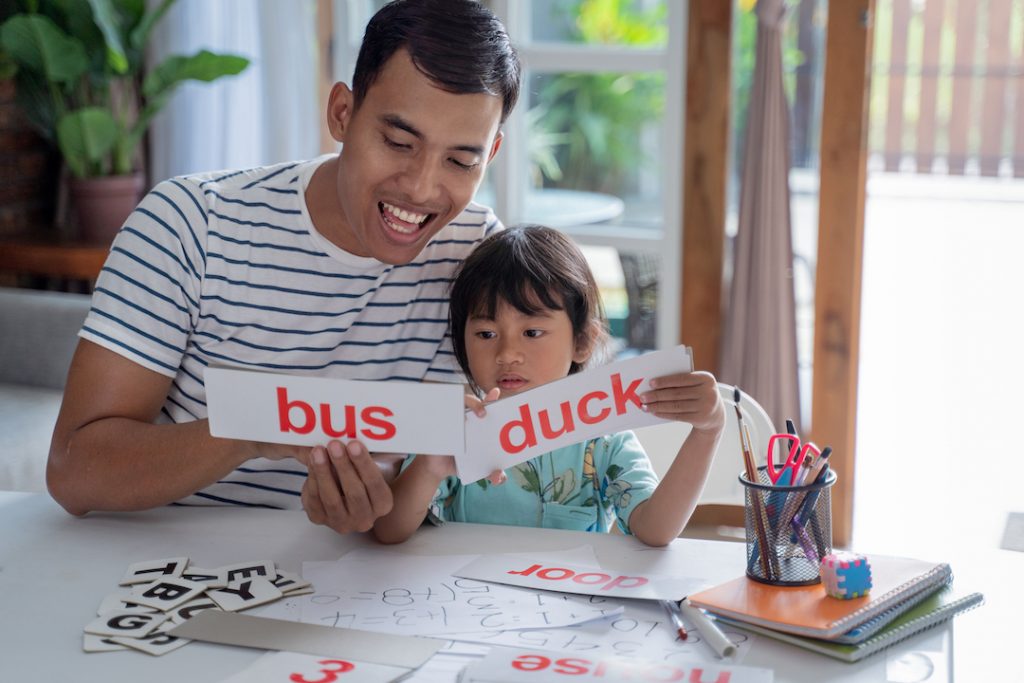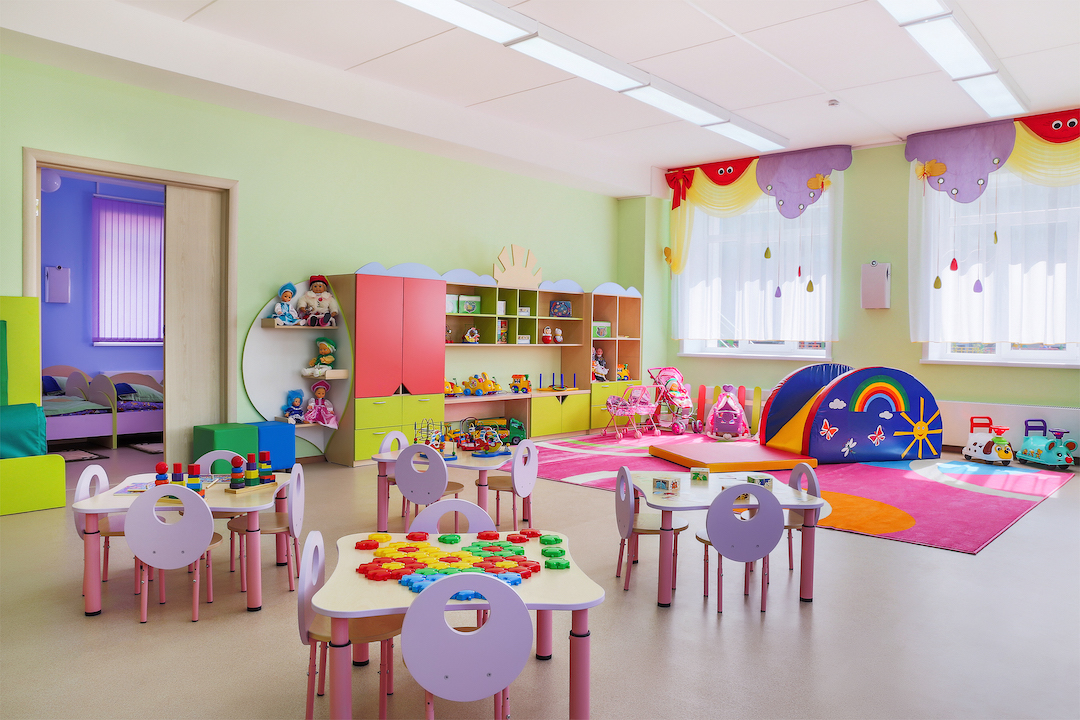Speech Delay Activities for Toddlers & Preschoolers
As a parent, you may be concerned if your kid has a speech delay, which is a situation in which their speech and language development lags behind that of their peers.While a speech delay is different from autism, some children with autism may also face challenges with communication. No matter the cause, engaging in speech delay activities can significantly improve your child’s language skills and provide them with the tools they need to express themselves effectively.
8 Fun Speech Delay Activities to Try
Here are eight fun and engaging speech delay activities to try with your toddler or preschooler:
1. Narrate Your Day

Throughout your daily routine, narrate your actions and surroundings using simple language. Describe what you’re doing, the objects you’re using, and the environment around you. This exposure to language can help your child connect words with their meanings and improve their understanding.
2. Read Interactive Books, Improve Speech Delay

Reading interactive books that encourage participation is a great way to promote speech development. Ask your child questions about the pictures, characters, and storyline, and encourage them to respond or repeat words and phrases.
3. Sing Songs and Nursery Rhymes

Singing songs and reciting nursery rhymes can be excellent speech delay activities. The repetitive nature of these rhymes and the emphasis on certain sounds can help your child develop their speech and language skills in a fun and engaging way.
4. Play with Puppets or Stuffed Animals Helps on Speech Delay

Puppets and stuffed animals can be great tools for encouraging speech. Make the puppet or animal “talk” to your child, and encourage them to respond or carry on a conversation. This can be a fun way to practice turn-taking and encourage your child to express themselves.
5. Building Blocks and Construction Play helps on Speech Delay

Engage your child in building and construction play using blocks, Lego, or other construction toys. As you build together, narrate the process, introduce new vocabulary related to shapes, colors, and sizes, and encourage your child to repeat words and phrases.
6. Finger Puppets and Storytelling

Create simple finger puppets using household items or craft supplies, and use them to tell stories or act out scenarios. Encourage your child to participate by making their own puppet “talk” or by repeating lines from the story.
7. Pretend Play and Role-Playing

Set up a pretend play area or engage in role-playing activities, such as pretending to be a doctor, chef, or teacher. This can provide opportunities for your child to practice conversational skills and express themselves through imaginary scenarios.
8. Introduce New Words

Introduce new words regularly and use them in context. For example, if you’re playing with a ball, emphasise the word “ball” and describe its colour, shape, and texture. This exposure to new vocabulary can help expand your child’s language skills.
Seeking Professional Help
Remember, consistency is key when working on these activities with your toddler or preschooler. By incorporating these fun and engaging exercises into your daily routine, you can support your child’s speech development and foster a love for communication and language. If you have ongoing concerns about your child’s speech delay or suspect autism speech delay, reach out to a professional therapy near you for further guidance and support.
Looking for special needs children classes and support? Visit GogoKids to find tailored programs and resources for your child’s unique needs.

The Ultimate Guide to Taekwondo Belts: Unlocking Levels and Secrets

8 Must-Join Enrichment Classes to Skyrocket Your Child’s Skills

In Malaysia’s diverse educational landscape, an increasing number of non-Chinese parents are choosing Chinese primary schools for their children. This trend reflects changing perceptions about education and future opportunities. Let’s explore five key reasons behind this growing preference: 1. Strong Foundation in Mathematics and Science Malaysian Chinese primary schools are known for their strong emphasis […]




